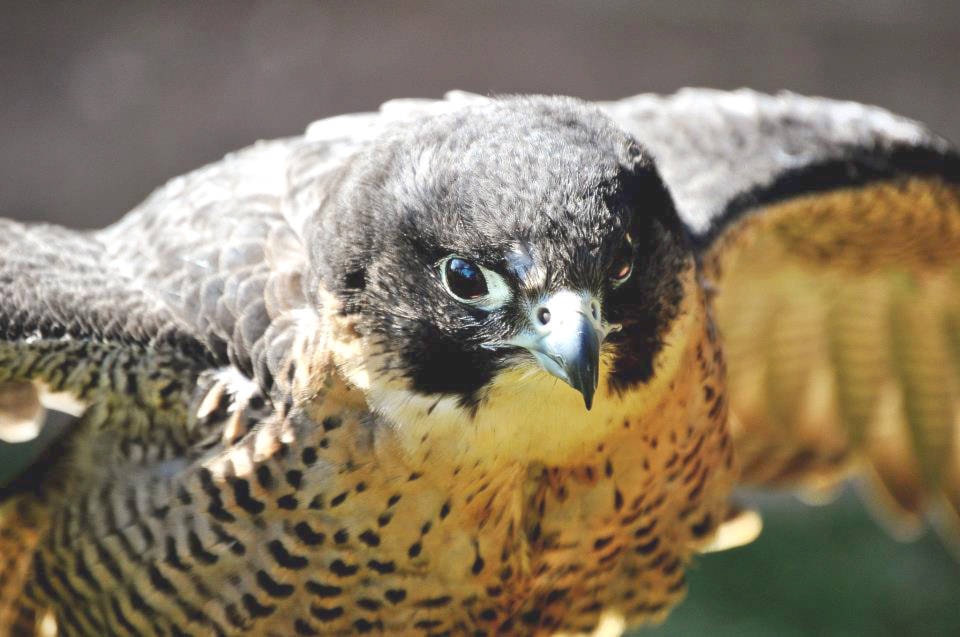Nearly 20 years of species counts indicate cats and pesticides could be wiping out some once-common central Alberta birds, says a local naturalist.
Judy Boyd has been noticing that evening grosbeaks, barn swallows and various warbler species are now rarely sighted, while they were once abundant in this area.
As Boyd plans the 19th annual spring species count on May 25 and 26, she would like central Albertans to reconsider the chemicals they use in their yards.
Pesticides, such as ant killers, “travel up the food chain” and affect bird and animal species, she noted.
Past species counts have found a noticeable dip in populations of insect-eating birds, such as the ovenbird, northern water thrush and other kinds of warblers.
Boyd said larger birds of prey are also poisoned when they consume smaller birds that have fed on contaminated insects.
When an autopsy was performed on a female peregrine found dead at the bottom of Red Deer’s Telus Tower a couple of years ago, scientists found the bird to be full of toxins.
She urges central Albertans to use organic forms of pest control whenever possible.
Domestic cats are another big problem for songbirds. A recent study in the Journal of Ornithology on birds in a Washington suburb found cats to be the No. 1 cause of morbidity, surpassing habitat loss and pesticides.
An estimated 500 million birds a year are killed by cats, about half by feral cats and the rest by pets.
As cats have a natural hunting instinct, Boyd urges pet owners to keep their felines either indoors, or within an enclosed outdoor cat run.
Some good news is anticipated in this year’s spring species count, however. Boyd has already noticed many more nesting owls than last spring, when a suspected decline in the rodent population resulted in far fewer young owls being hatched.
While only one nesting pair was seen last spring, Boyd has already seen “dozens” of them.
The local bluebird population, which was nearly wiped out during a cold May some years ago, appears to be making a comeback around the Medicine River Wildlife Centre near Spruce View, if not at the Ellis Bird Farm.
As well, Boyd said some rare birds have already been spotted in this area, including a black-crowned night-heron, golden-crowned kinglets and a common nighthawk, which, unlike its name implies, is not so common around these parts.
Boyd said deer, moose, beaver, muskrats, skunks, ground squirrels and hares always make the count. The Central Alberta May species count is for birds, flowers, mammals, butterflies, amphibians, etc.
Anyone interested in participating is asked to contact Boyd at 403-358-1098 to avoid duplication. Tally sheets can be picked up at the Kerry Wood Nature Centre.
lmichelin@reddeeradvocate.com
Like us on Facebook and follow us on Twitter
